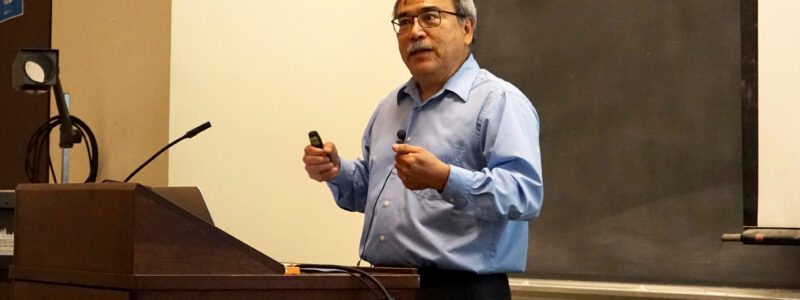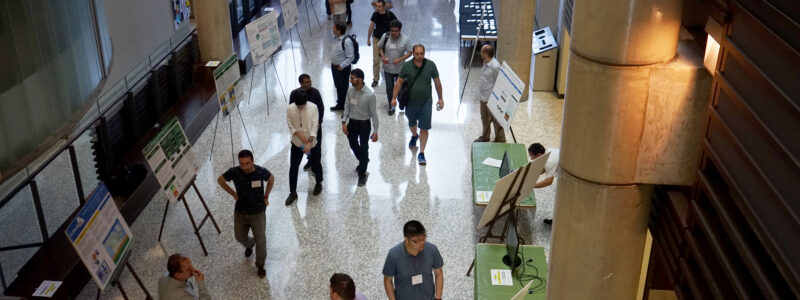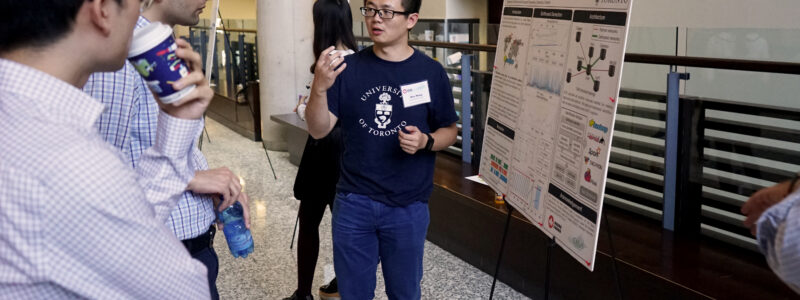July 15, 2016
Smart Applications on Virtual Infrastructures (SAVI), a national NSERC Strategic Network, held its final annual general meeting on July 6 and 7 at the Bahen Centre for Information Technology at the University of Toronto. For the past five years, the partnership, comprised of industry, academia, research and education institutions, and high performance computing centres from across Canada, has worked collaboratively to identify and mitigate some of the greatest challenges facing today’s Internet: massive demand for data driven by the rapid explosion of mobile devices, soaring need for storage and processing power, and the need to secure information and infrastructure at every level.
Led by Professor Alberto Leon-Garcia, of The Edward S. Rogers Sr. Department of Electrical & Computer Engineering (ECE) and scientific director of the SAVI research team, SAVI was established to explore key elements of future application platforms including the creation of the SAVI testbed—a nationally distributed application platform for creating and designing future Internet applications. The testbed isn’t just a research project: it’s currently running applications that stand to improve the way smart cities of the future harness big data. One example is Leon-Garcia’s smart traffic-monitoring platform Connected Vehicles and Smart Transportation (CVST). CVST integrates wireless and sensor communications with mobile computing techniques to monitor traffic, road construction, weather, and other sources of data streams that could help city planners, politicians and citizens make more informed decisions — both for short term and long term planning.
“By 2050 more than 70 per cent of the world’s population will live in cities, and these cities will consume 75 per cent of the world’s resources,” said Professor Leon-Garcia. “If you can address some of the issues within cities, you can address world problems, and platforms like CVST will help enable smart cities to do just that.”
SAVI’s final meeting provided an opportunity to survey the project’s five core research themes: smart applications, resource control and management, smart converged edge and integrated wireless/optical access. The second day featured guest speakers from industry and academia and two panel discussions on the topics of the burgeoning transition to software-based infrastructure, and testbed and research networks. Attendees, including industry partners such as TELUS, Juniper Networks, IBM Canada and others, heard poster presentations on each of the themes as well as demonstrations from graduate students from universities across Canada.
While the formal structure of SAVI is winding down, members are now at looking how the SAVI testbed will allow continued research on smart cities, the Internet of Things, and emerging challenges facing application providers. As to whether members of the SAVI network will continue to work together on addressing these challenges, Leon-Garcia is convinced: “There is always something around the corner.”
More information:
Jessica MacInnis
Senior Communications Officer
The Edward S. Rogers Sr. Department of Electrical & Computer Engineering
416-978-7997; jessica.macinnis@utoronto.ca


